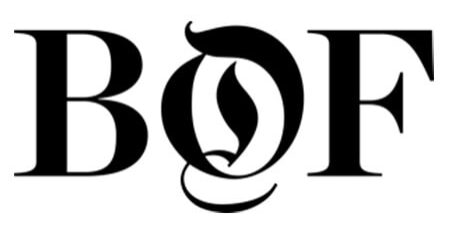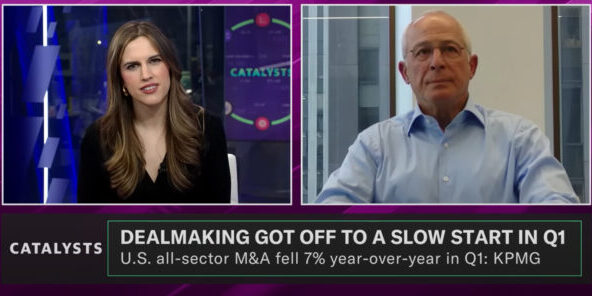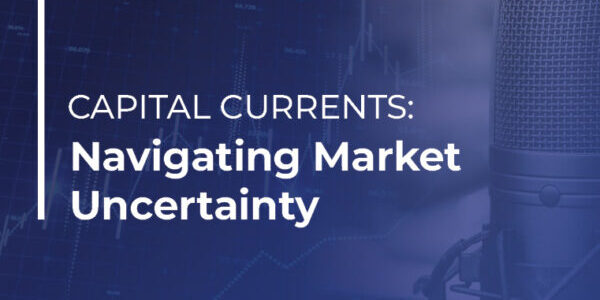Perspectives – Marc Cooper – January 2023
M&A Outlook: Neither Feast Nor Famine
by CEO Marc S. Cooper
The global M&A market faced headwinds last year, and a more muted pace of transaction volume seems likely to continue in 2023. To be clear, demand for mergers and acquisitions hasn’t collapsed. This isn’t 2008 or 2009, when a financial crisis originating in the housing market spread like a contagion through financial markets and slammed the broader economy.
While the M&A market in 2022 was down meaningfully compared to a record-setting 2021, it was a perfectly respectable performance compared with recent pre-pandemic years. It’s just that corporate and financial acquirers are now increasingly super-selective about the targets they pursue.
Such caution isn’t surprising, as a recession looms in the U.S., and there could be a far deeper downturn in Europe, according to a majority of economists. Sentiment among chief executive officers is somewhat downbeat, with 85% of business leaders expecting a brief and shallow recession in 2023, according to surveys.
Make no mistake, though, corporate leaders are still interested in creative solutions to revitalize or reposition their businesses. Executives have realized value can be masked by legacy assets that no longer align with their strategic vision and are empowered to act. Private equity specialists, meanwhile, have a backlog of transactions they’re eager to exit to realize the underlying value of their investments and return much-needed capital to Limited Partners.
Typically, the M&A market moves in lock step with the public debt market. That’s not really the case now, given the growth in the size of the private credit market. Yet, even with this deep reservoir of available capital, the cost of capital to finance deals has become more expensive.
Higher interest rates, as well as the unknown impact of a potential recession on earnings, have widened the bid-ask spread for what acquirers are willing to pay for companies and price discovery on transactions remains complex as we move into 2023.
The future trajectory of interest rates will become more clear when the Fed signals that it’s finished with its monetary tightening round. In the coming months, we will also get a better sense of the depth of the U.S. downturn on the economy and corporate earnings.
When we reach that point, banks will be able to price their existing corporate loans with more confidence, which in turn may revitalize the public debt markets and positively impact M&A.
So, how soon will the animal spirits return to the M&A market? This depends a great deal on the monetary policymakers inside the Fed. The big unknown is what criterion the Fed will use to halt its monetary tightening cycle. Does the Fed declare victory only after it hits a specific inflation target, or will the central bank ease up once it is convinced that inflation is on a glide path lower?
My own view is that the Fed may conclude enough is enough by this summer. I’m not predicting that inflation will go down dramatically, but it seems to me the conditions are in place for inflation to trend lower over time.
We tend to think that every market moment is historically unique. Yet I’ve seen this movie before. You always have downturns and recessions after you’ve seen speculative excesses in the market. This time is no different.
The good news is that the meltdown in cryptocurrencies and the boom-bust cycle among deals financed via special purpose acquisitions companies (SPACS) haven’t so far caused any wider, collateral damage.
Nor will the current political gridlock dramas in Washington probably be much of a factor in the M&A world. A U.S. recession, if one indeed materializes, is expected to be a shallow one.
I don’t see menacing storm clouds on the economic horizon, so expect an M&A market that’s neither feast nor famine in 2023. If we get more monetary clarity from the Fed, as I expect, the second half may even be a surprise on the upside.





